Textile Workshop
5 Davit Guramishvili St, Gori, Georgia
+995 995599675475
Similar Tours
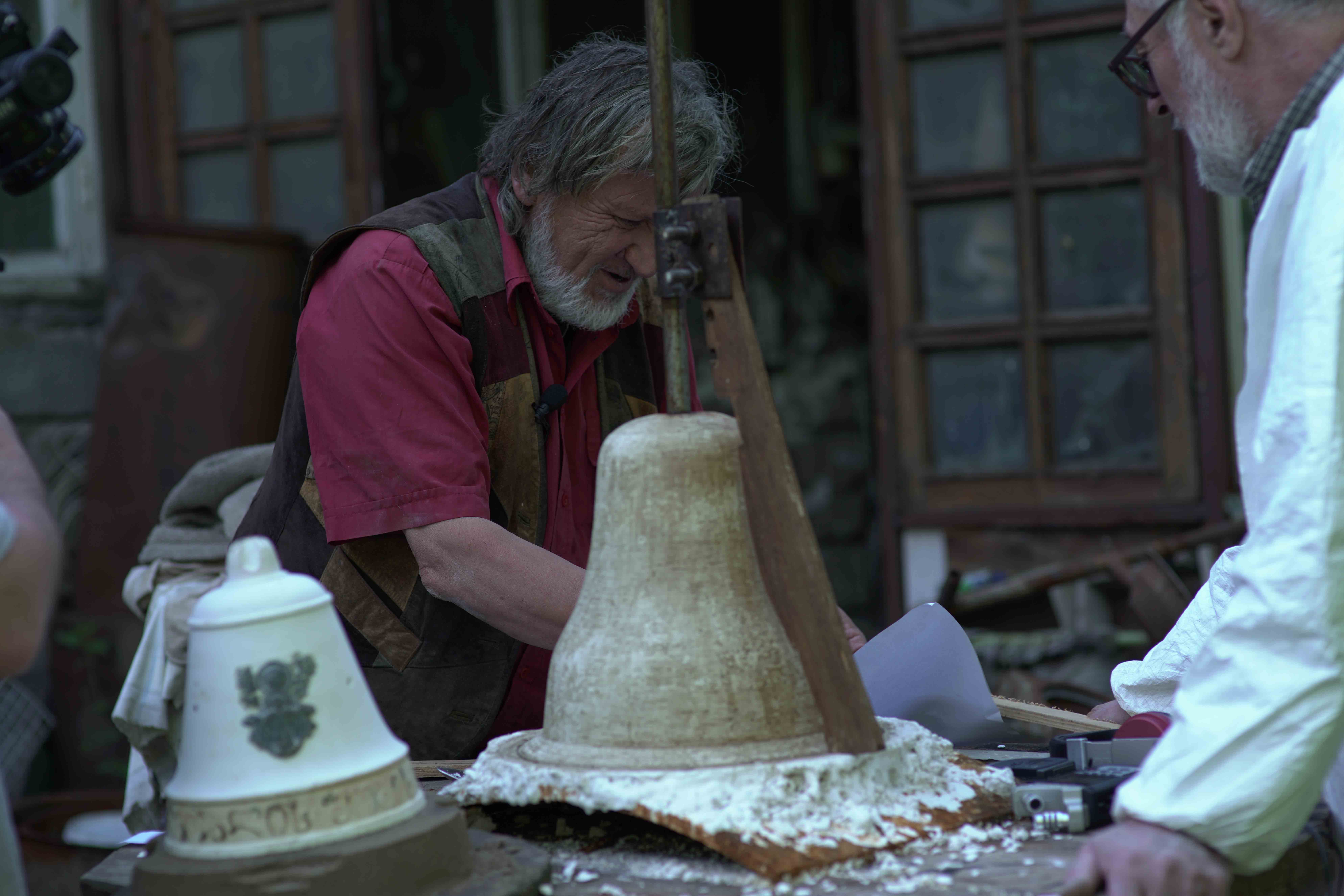
Bellfounding Workshop
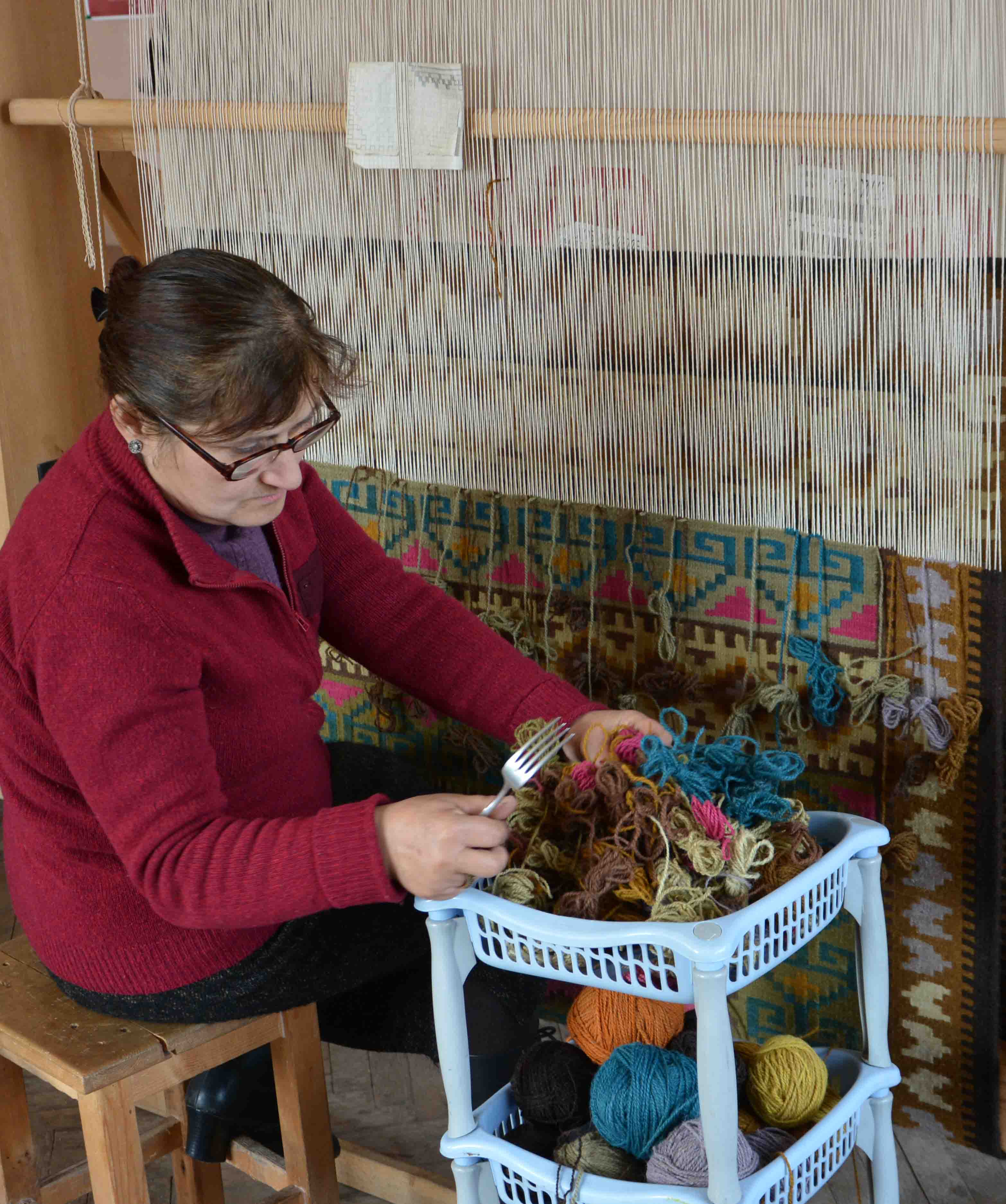
Kizikian Rag weaving Masterclass
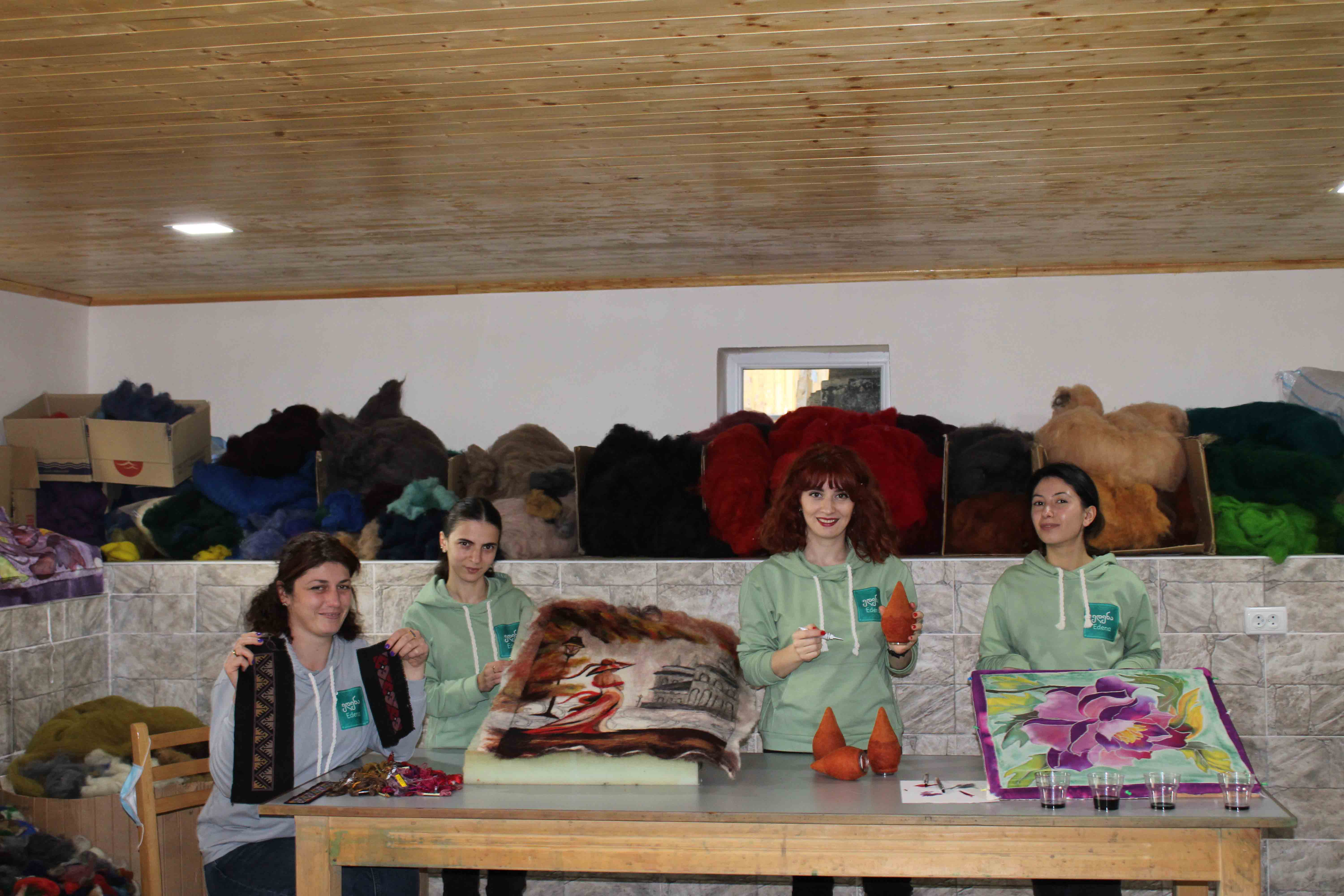
Felt souvenir from Racha
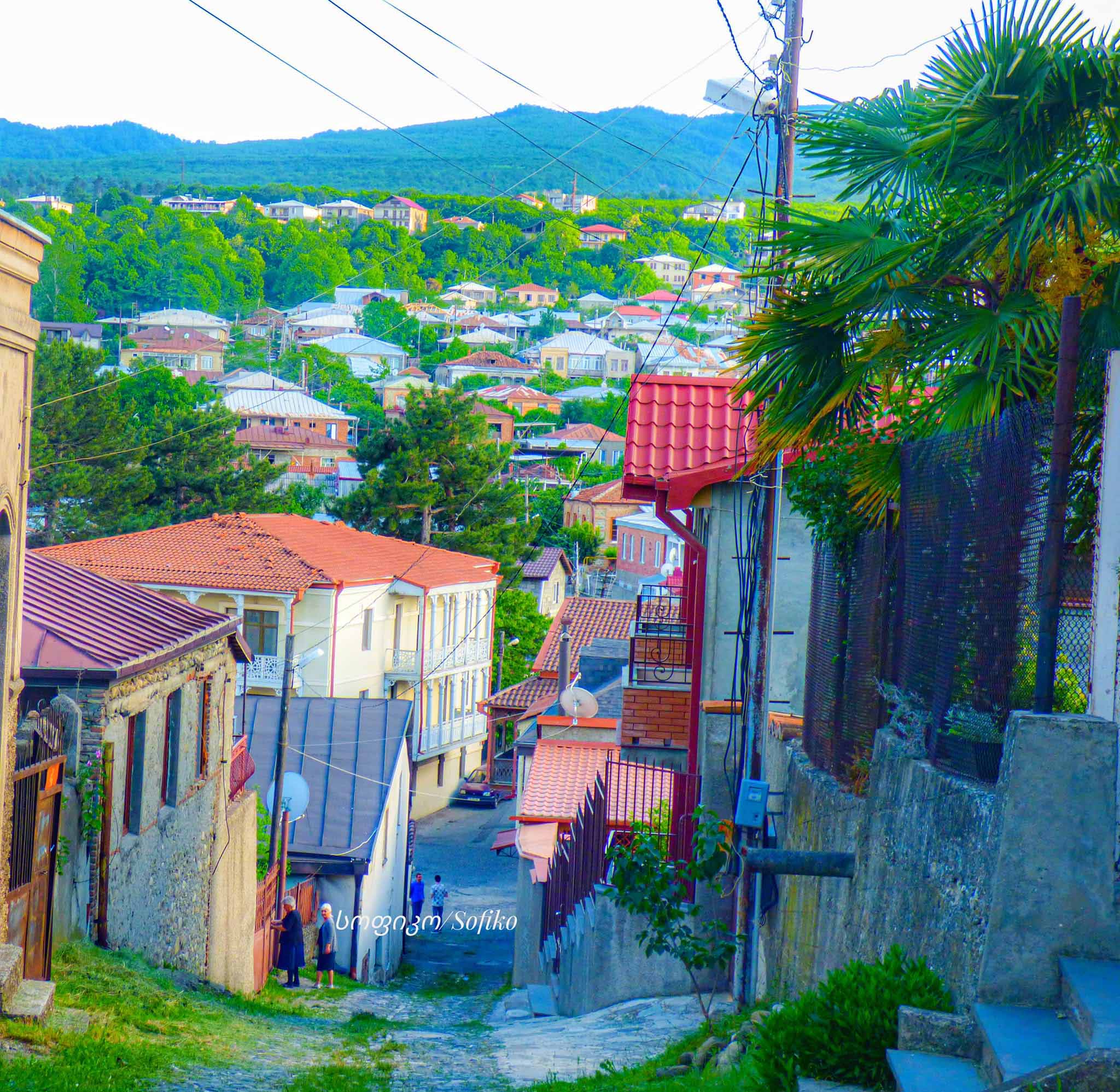
Tales of the Craftsmen Street
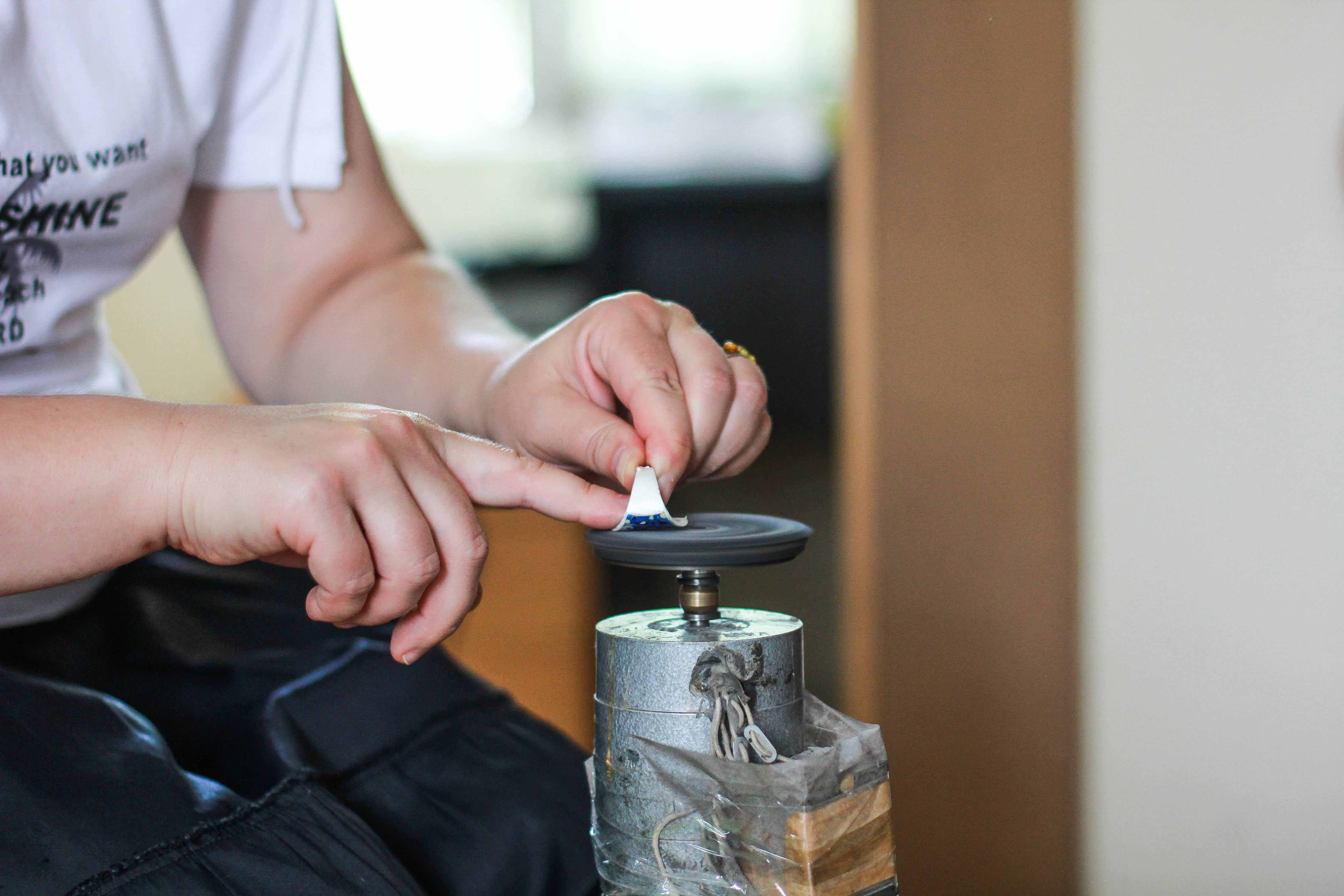
Cloisonne enamel master class
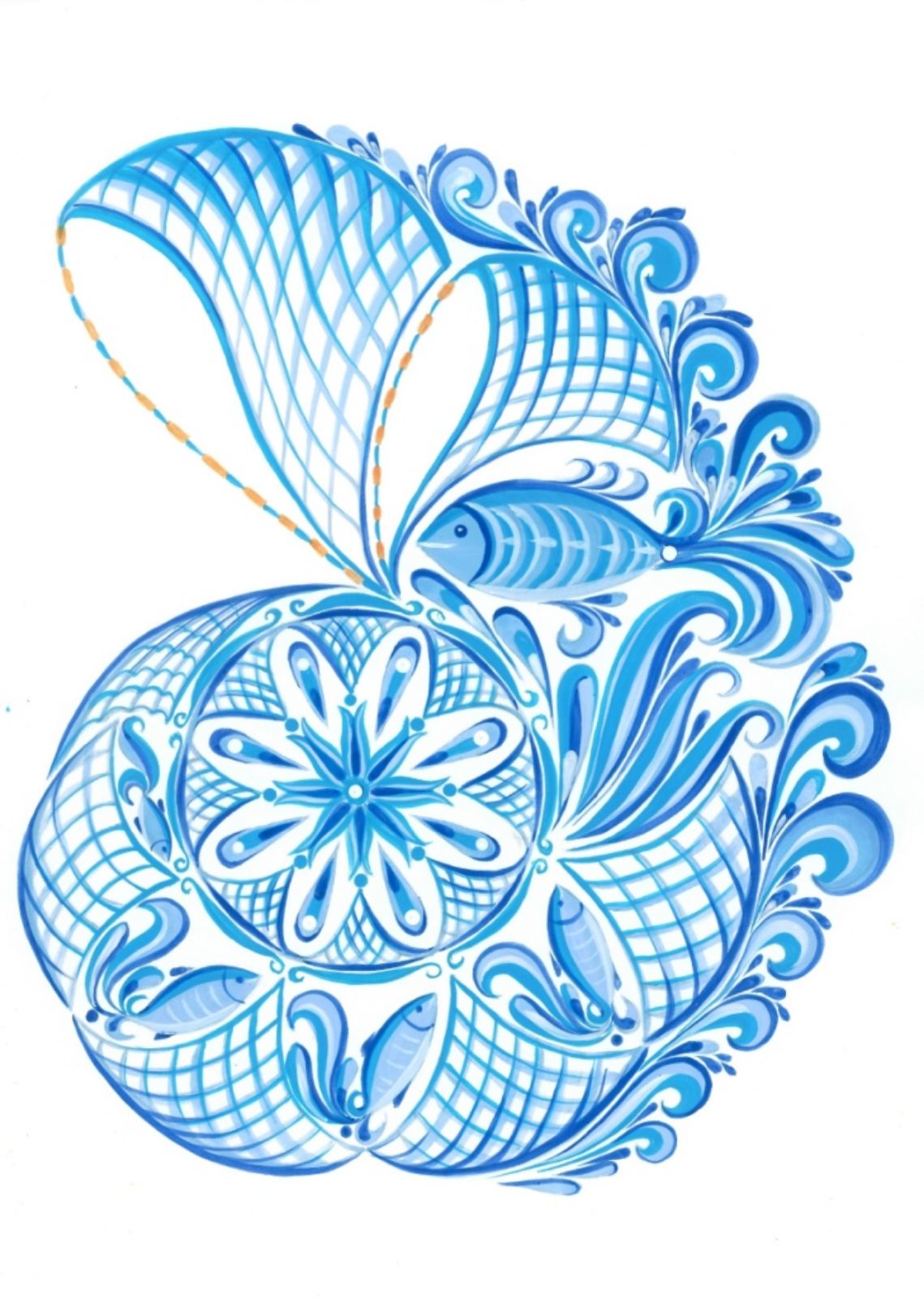
Master class on the Taurian painting
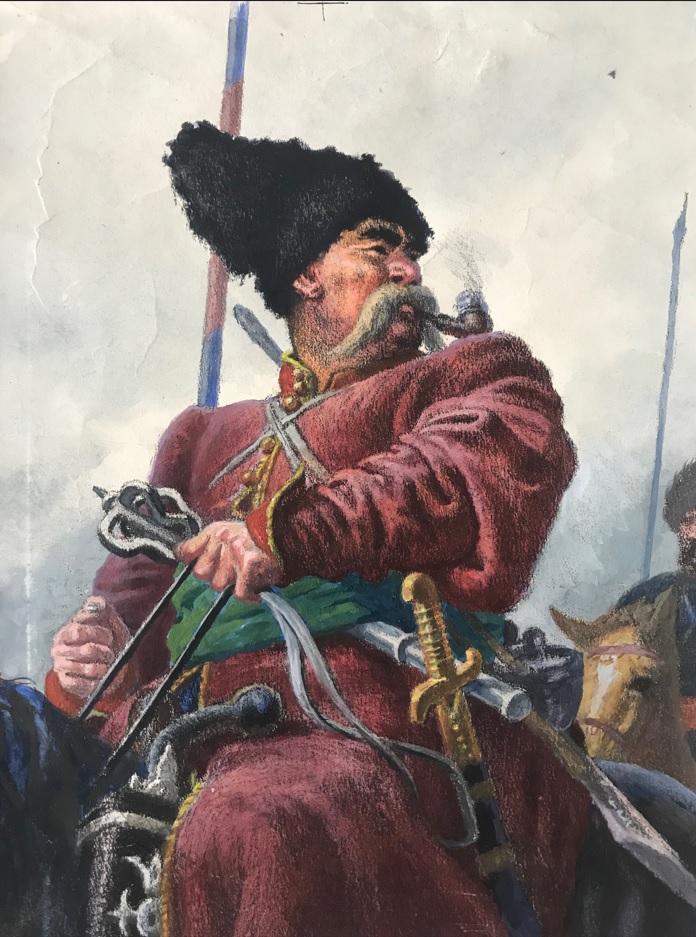
A tour through the halls of the Yevhen Kibryk Art Museum in Voznesensk city

Masterclass in Wood carving with Koycho Kolev
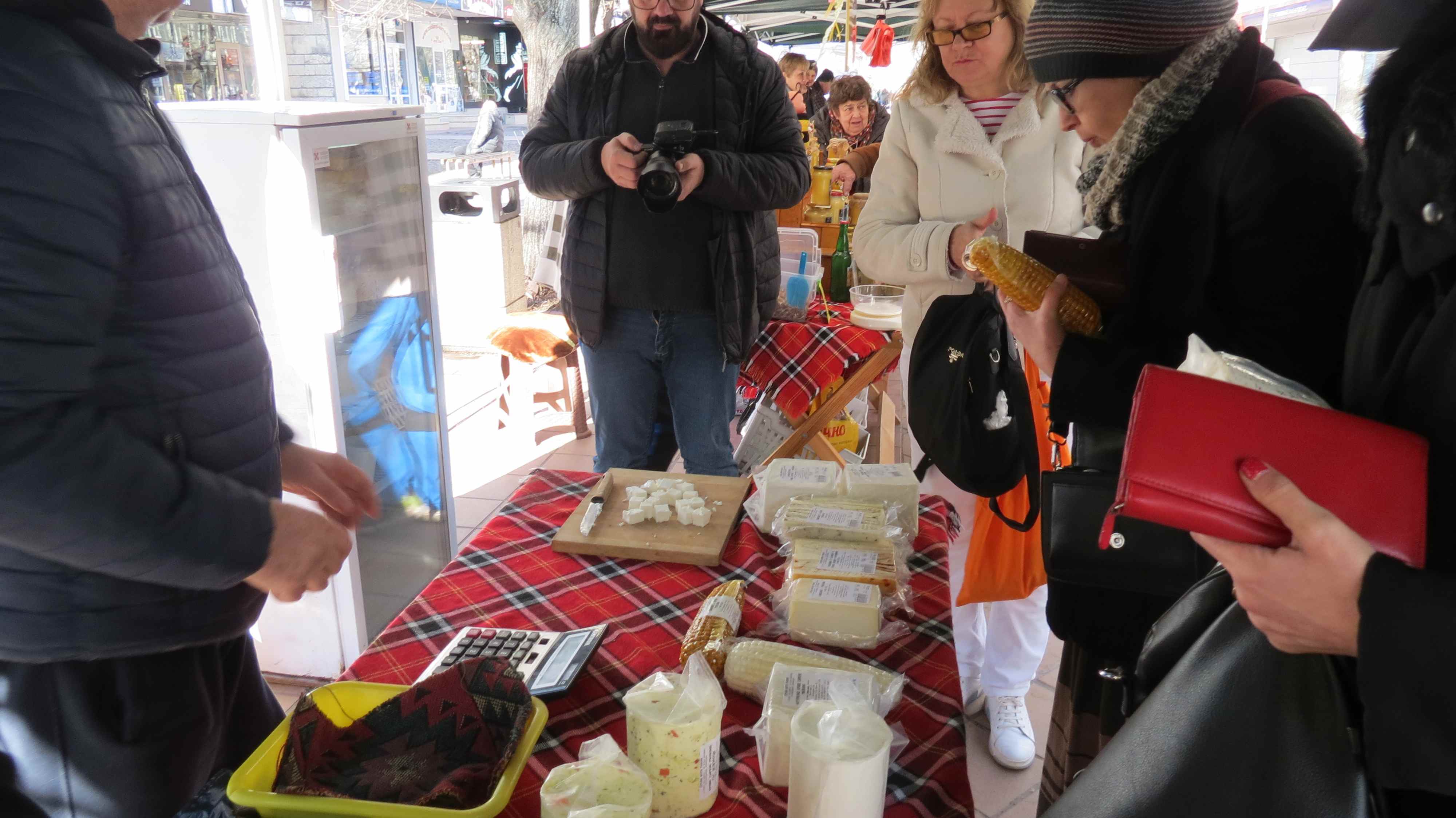
Festival of Crafts
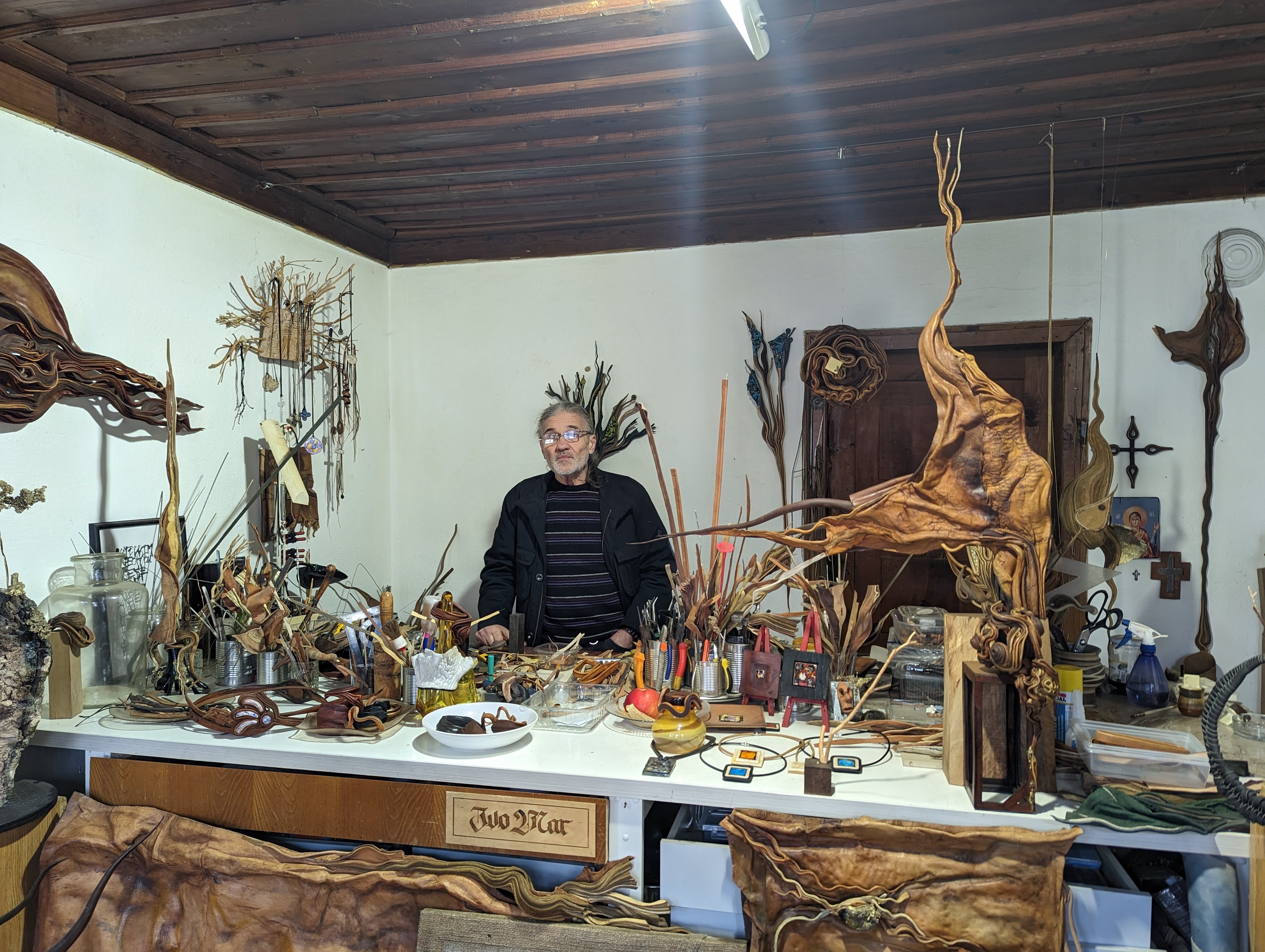
Souvenirs of Dobrich
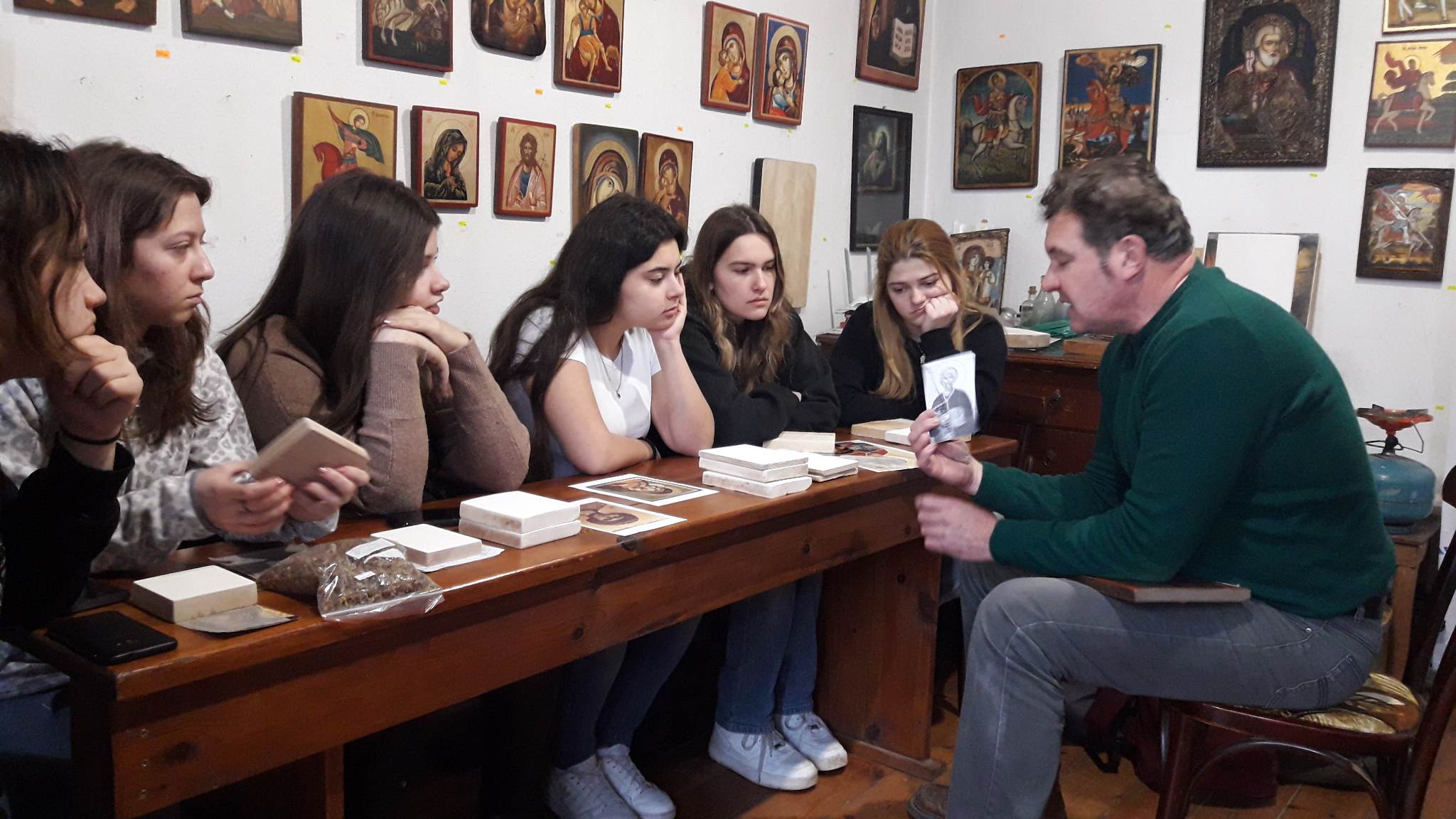
Icon painting masterclass
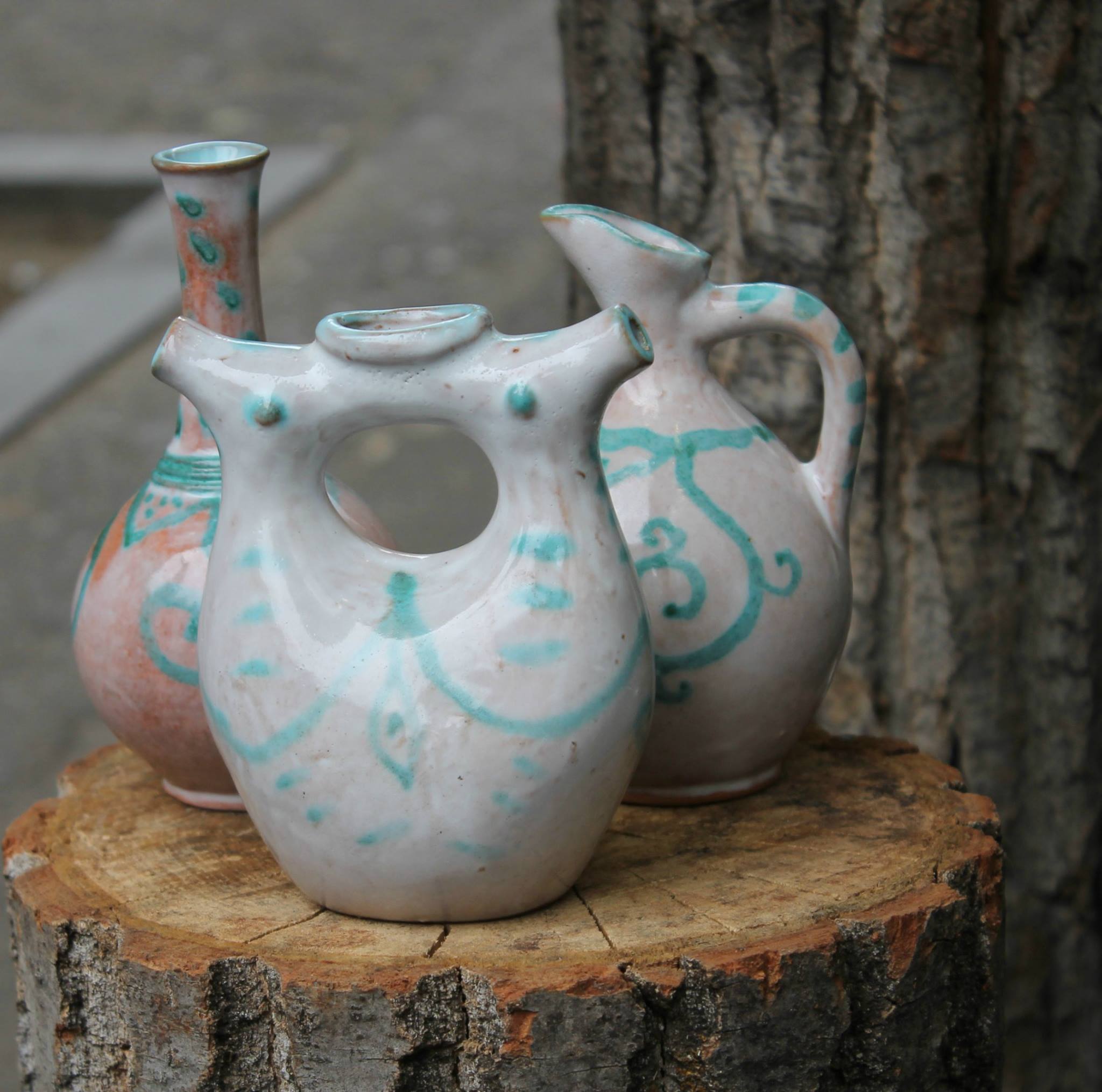
Wheel-throwing masterclass
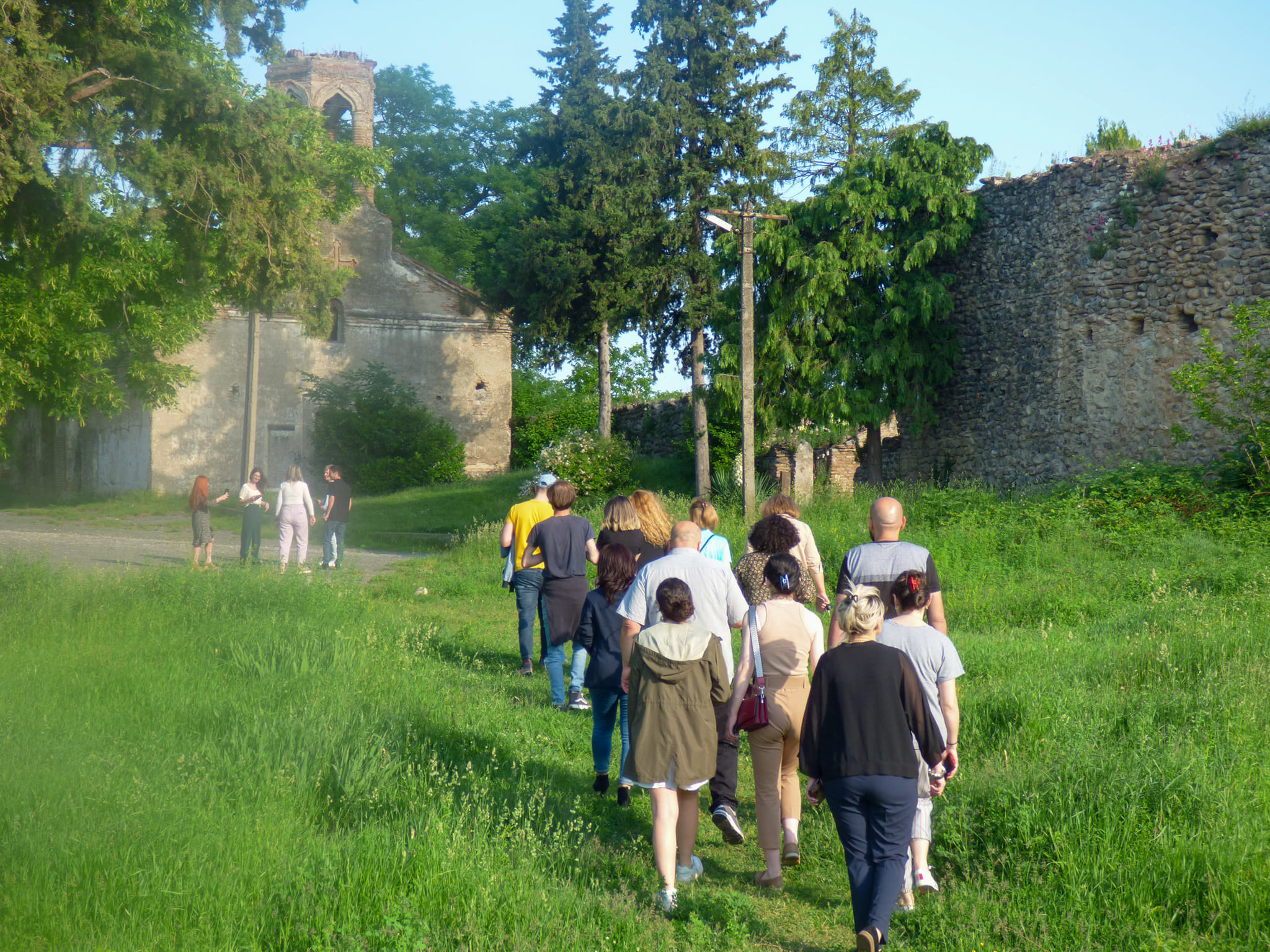
Creative Tours Georgia
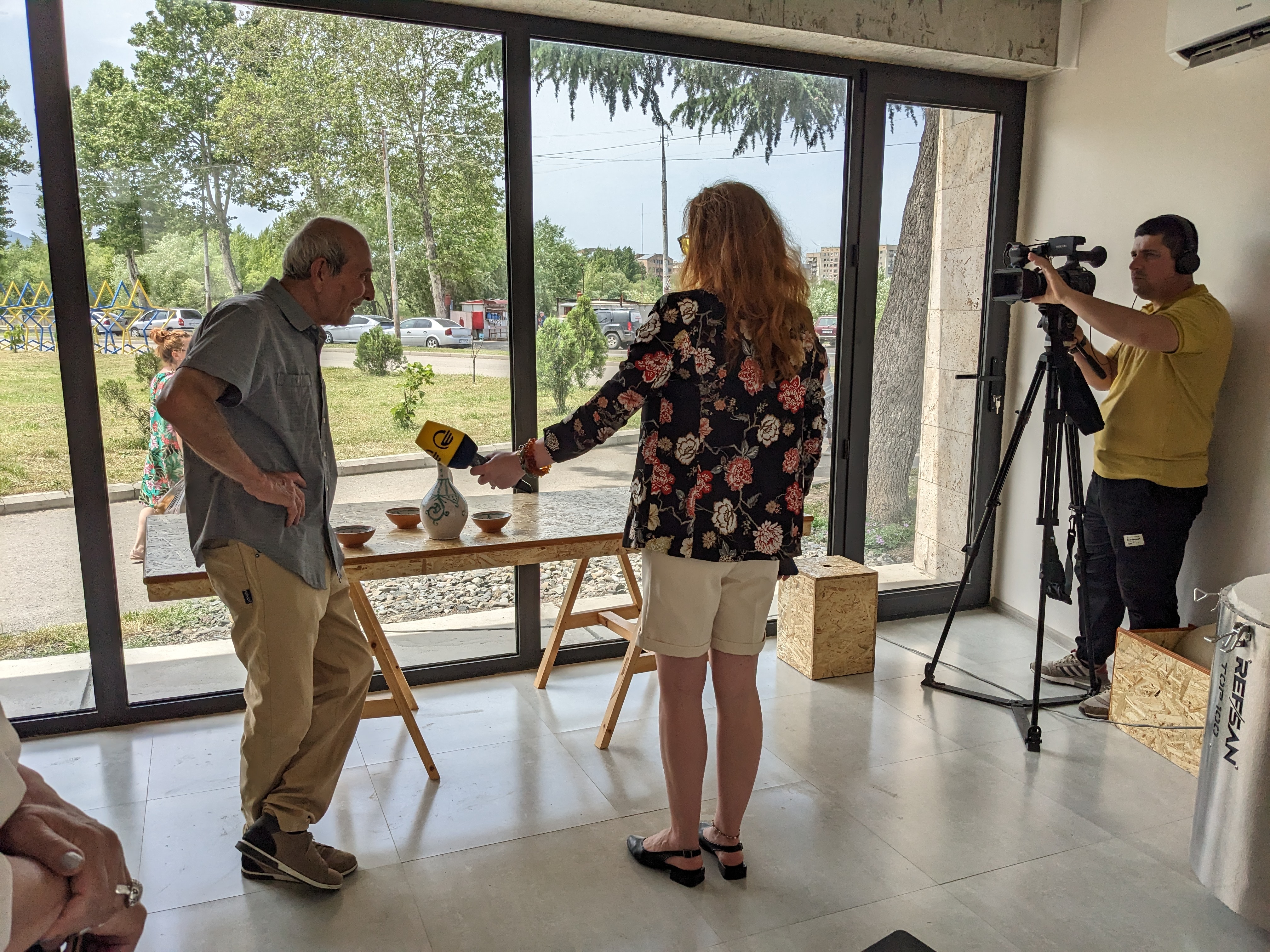
Ceramic Workshop
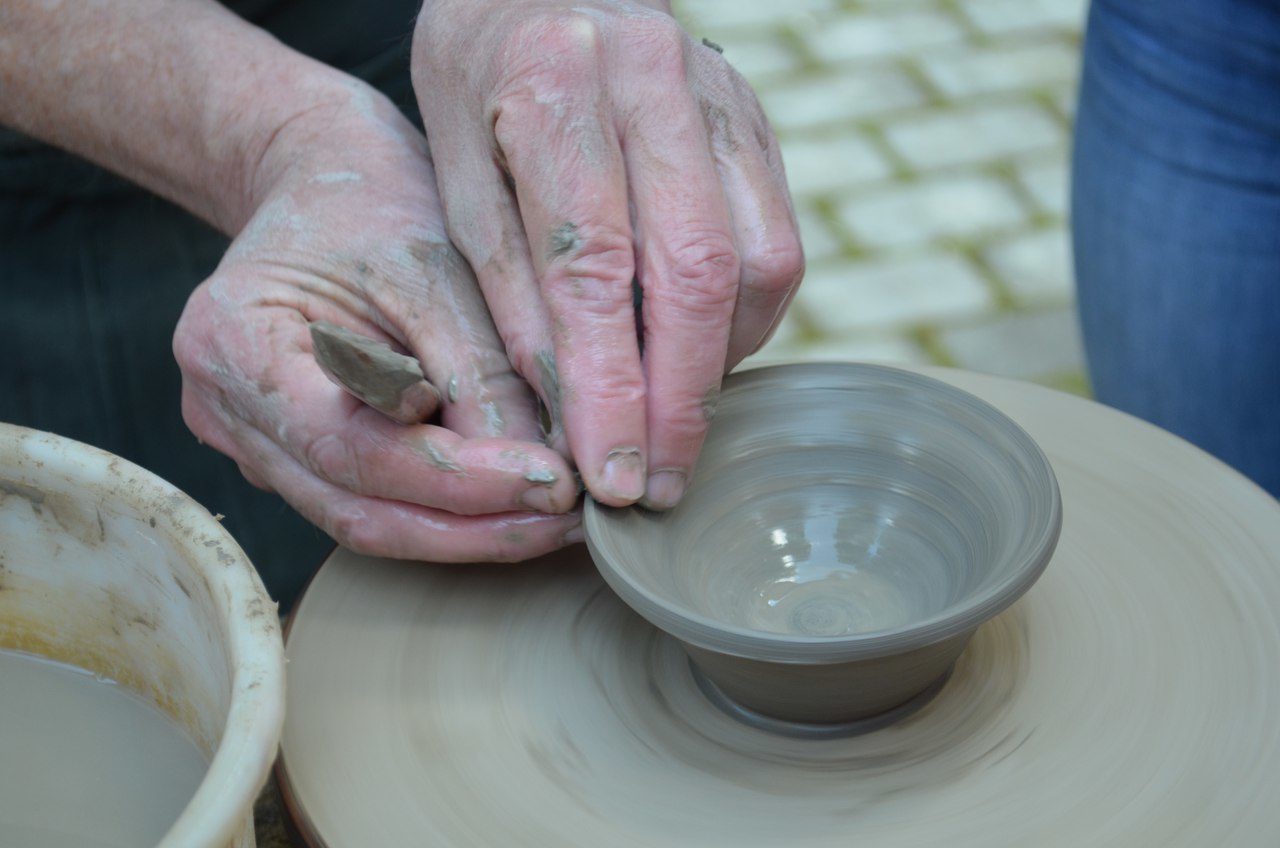
Reproduction of ancient traditions in modern ceramics
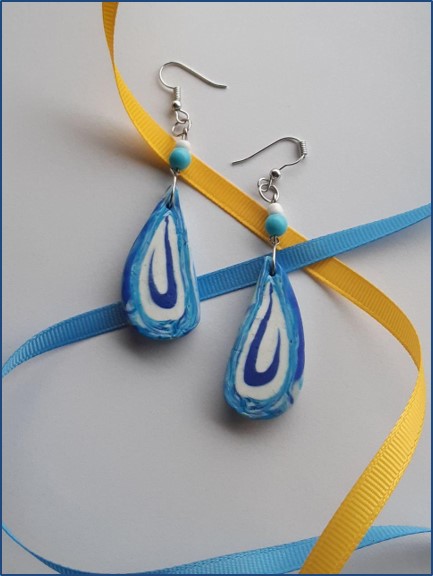
Workshop of Halytsynivska Berehynia
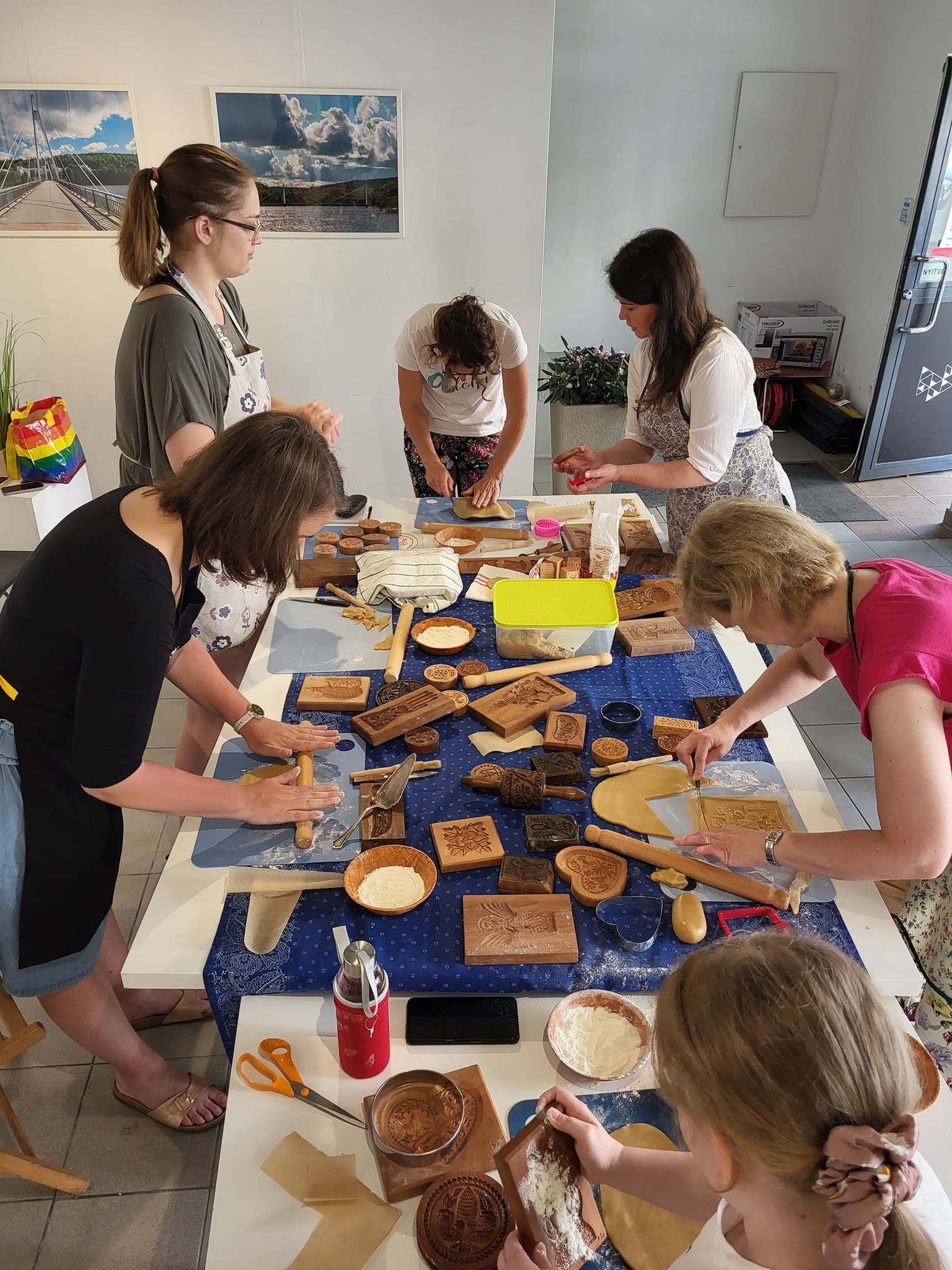
Gingerbread making with carved honeycake moulds
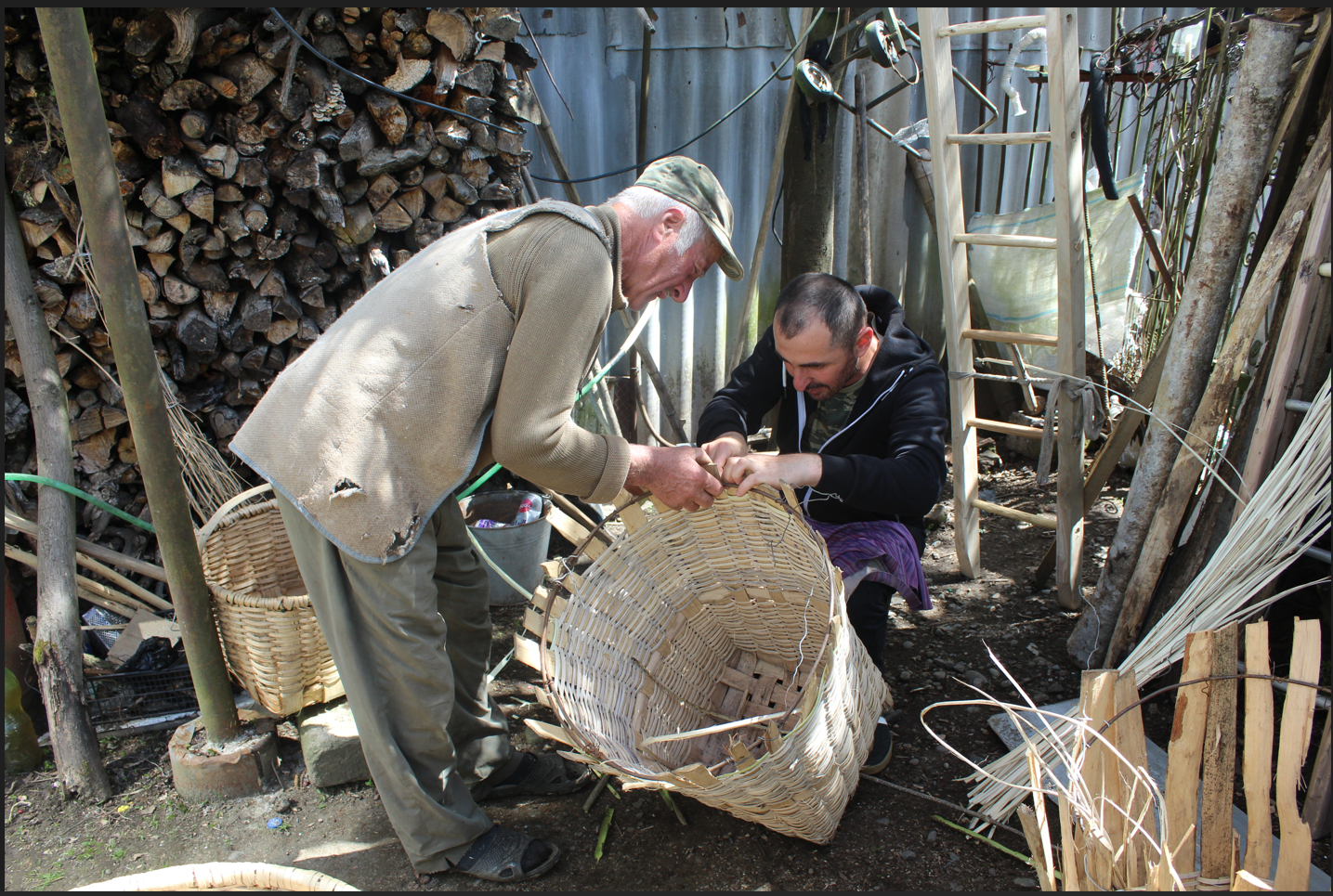
The Art of Gideli Spinning - The Past in Present and Future (ICH of Guria Region)
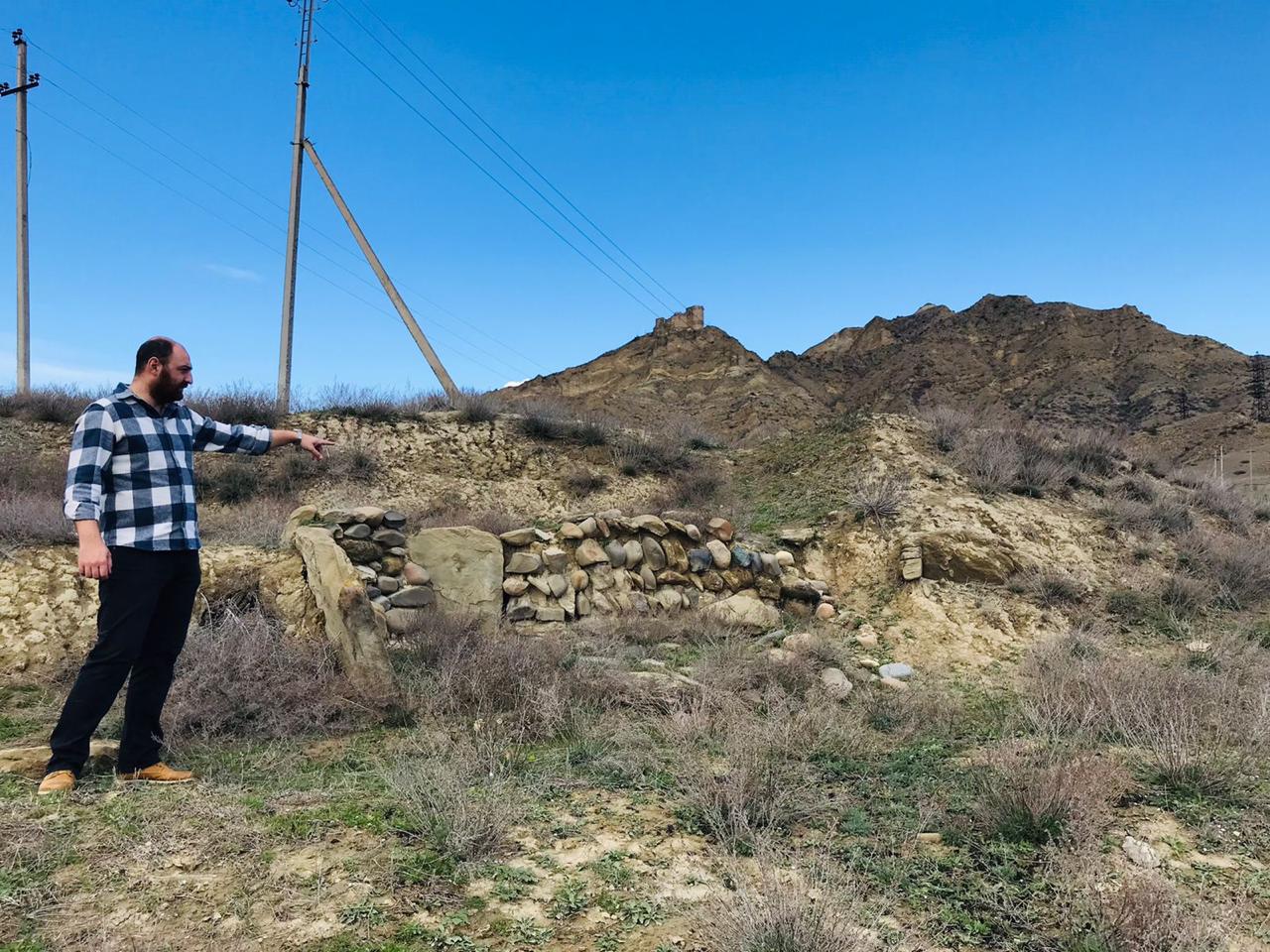
Real Archaeological Expedition/Restoration tour with local traditional workshop
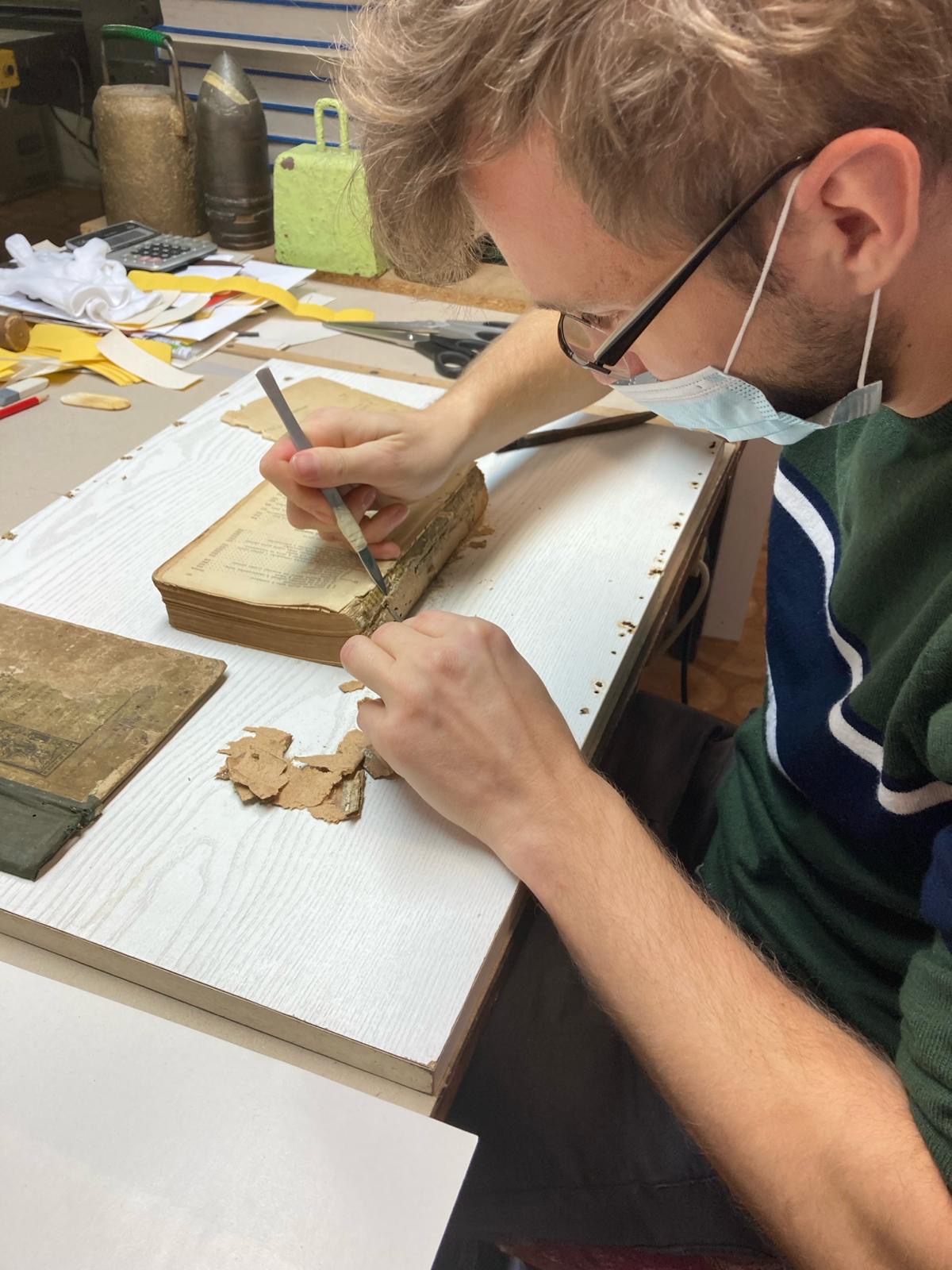
Make your own book
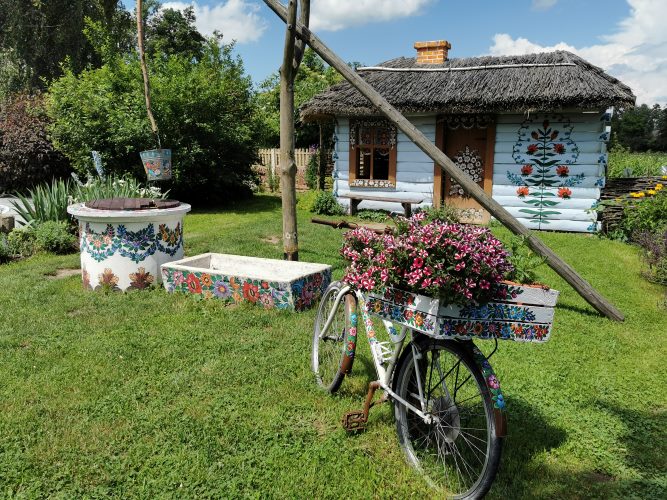
Feel the Flower Power of Zalipie
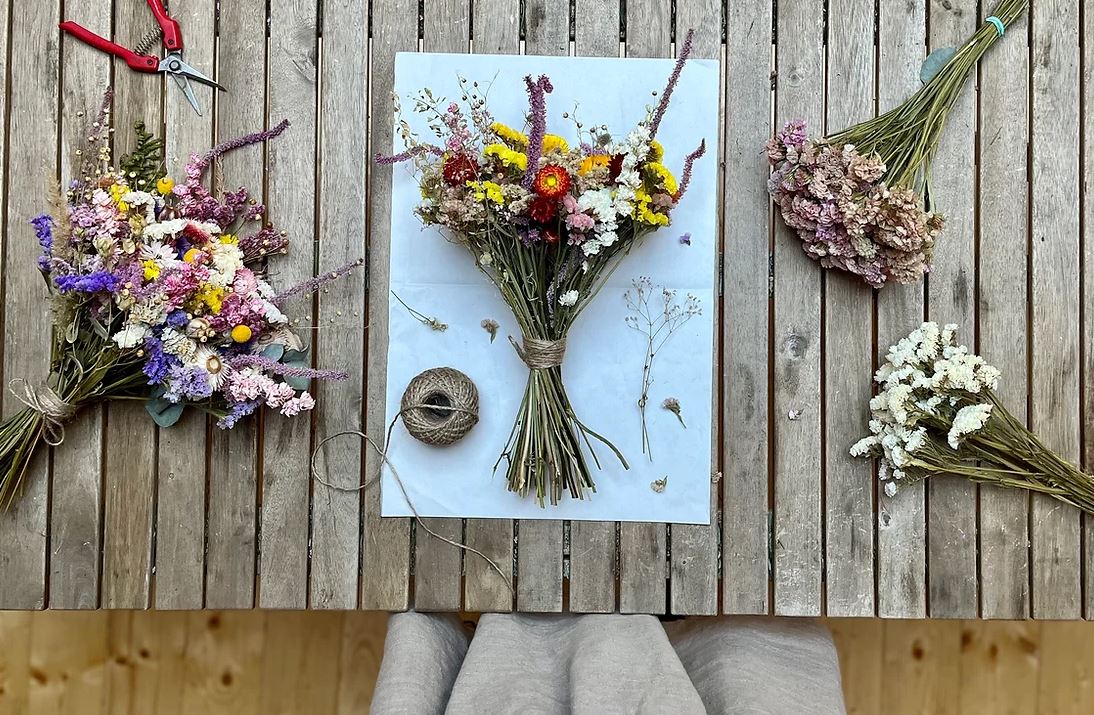
Self-service flower stand, Krásenka garden
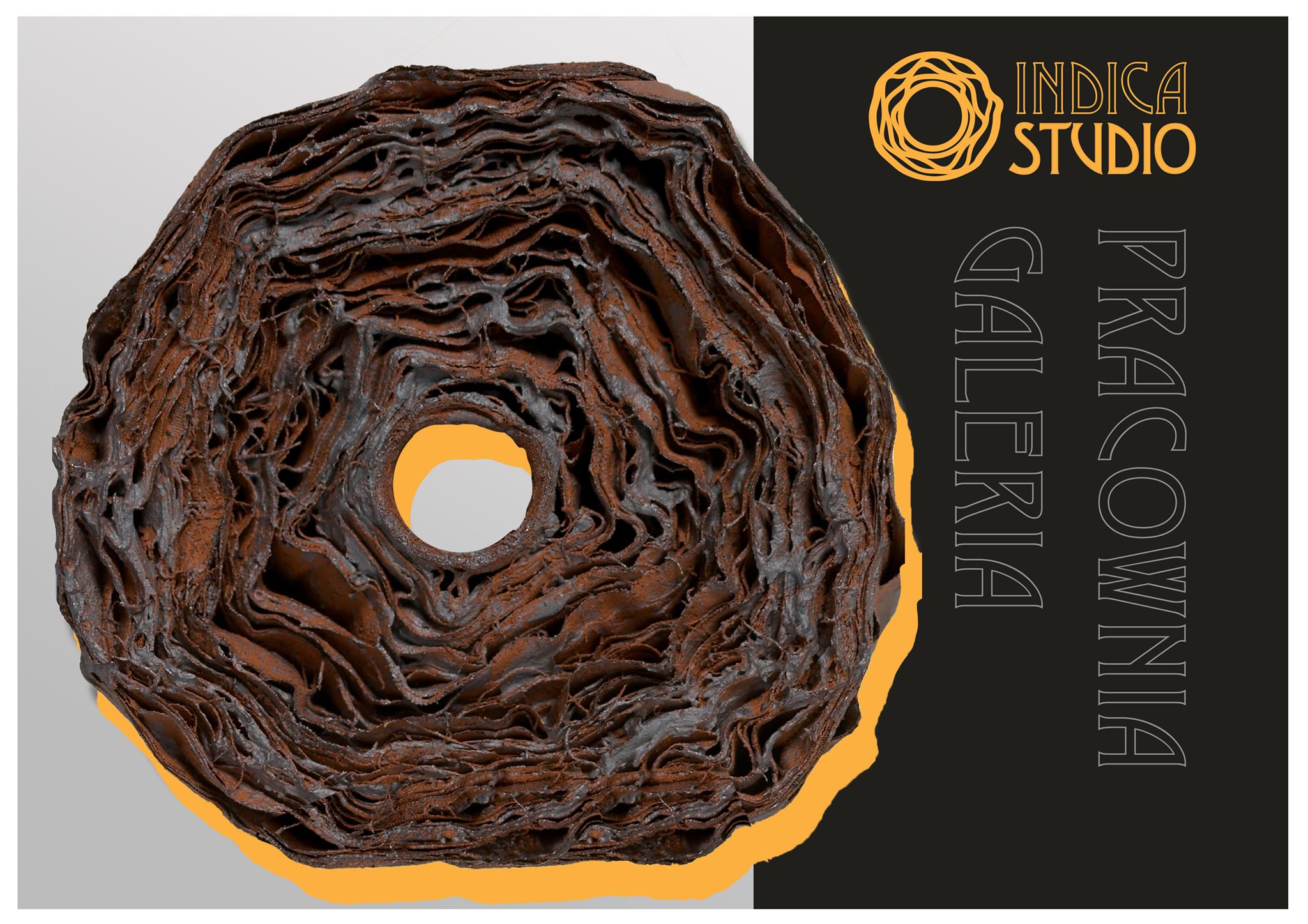
Indica Studio With Passion Through ŁODZ-Creative Tourism

"Pshauri House" - Traditional crafts master class

MTIEBI - Traditional crafts and gastronomy master class
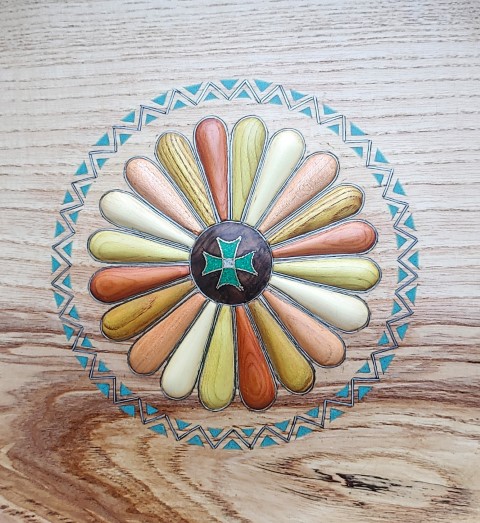
A master class on inlaying in Dusheti
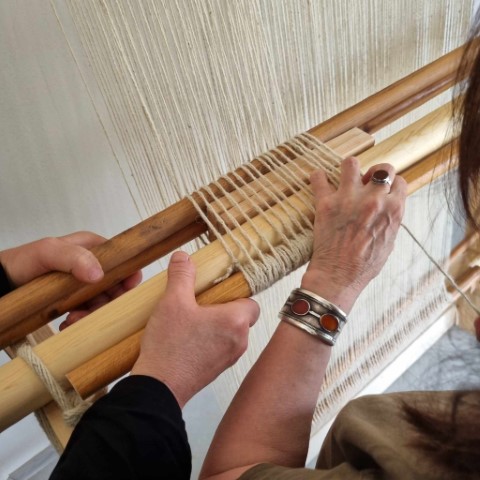
Georgia has been rich in textile techniques for centuries. Different technological and artistic methods were developed over time, including knitting and weaving, felting, needlework, and block printing amongst others. Craft making was the indispensible part of women work; hence they were skilled in knitting, sewing, embroidery and other textile techniques from the very childhood. Use of natural dyes for coloring wool, silk and other products was very typical.
The origins of felting techniques can be traced back to ancient times. It was especially popular in the highland regions of the country (Tusheti, Khevsureti, Pshavi, Svaneti, Mountainous Racha and Javakheti). Felt products from Tusheti, where the special type of wool with healing qualities is produced, are famous for their simple, though elaborate ornaments. Textile and rug production has an important place in the Georgian cultural heritage. Precious rugs, kilims and other textiles were manufactured in Georgia from the Neolithic time. This is demonstrated through the finds of Ilto dwellings, dated third millennium BC, where a vertical weaving loom and a comb for weaving were discovered. So too, at the burials in Bedeni (19th c. BC) different types of textiles - felt and rug fragments were found. There were numerous folk rug weaving centers in Georgia, amongst these in Kakheti, Tusheti, Khevsureti, South Georgia (Akhaltsikhe). The rugs and carpets from eastern highlands are marked by dark, restrained palette, contrary to carpets from Khakheti. The latter marked by oriental influences. When speaking bout textiles, the rich traditions of silk production in Georgia are worth of special mentioning. Its traces go back to 5th century AD. In medieval times Georgian silk was traded on Persian markets. Silk production was further enhanced in 19th-20th centuries, when its export had a significant share in country’s economy. Amongst the widespread types of textiles in 19th century Georgia was the traditional table-cloths executed in the indigo blue dyeing “negative” block printing technique. The imagery of the tablecloth: the zoomorphic (dears, stags, lions, fish, birds) and anthropomorphic images juxtaposed with ornamental patters often draw on ancient folk imagery with symbolic and sacred meaning maintained for centuries. This type of tablecloth was used only for special occasions. Marked by the restraint palette and delicate color combinations Georgian textiles are an indispensible part of country’s cultural heritage.
Season :
Spring, Summer, Autumn, Winter,
Seating capacity :
-
Duration of the service :
1
Guest requirements & Cancellation rules :
Reservation at least 3 days in advance, cancellation at least 2 day in advance
Working hours :
10:00-19:00
Resting Days :
No
Min and Max number of visitors :
2-10
By using the site, you agree to the cookies policy
Terms and Conditions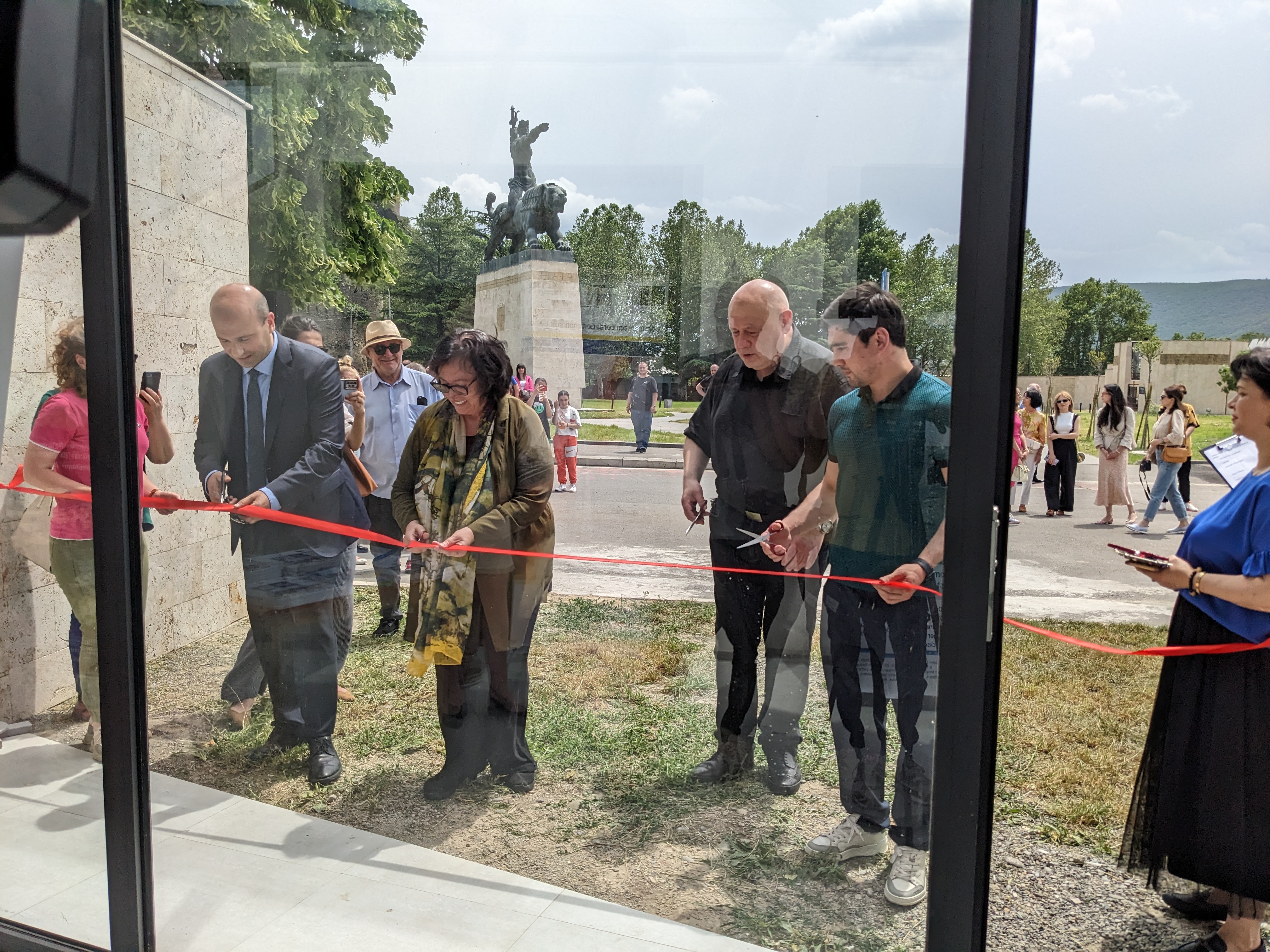






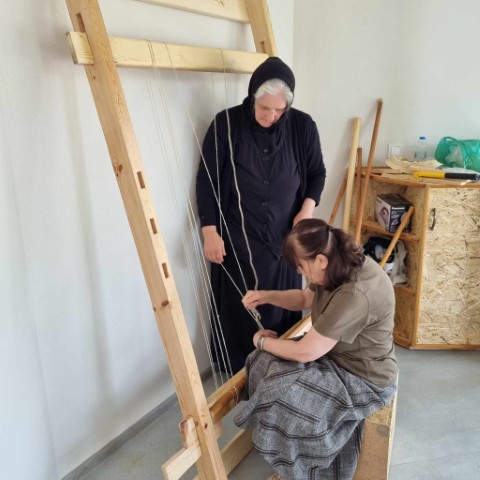


Comments